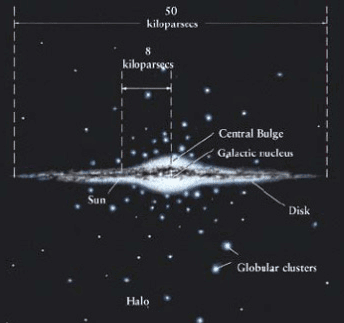 Globular clusters, or GC, are roughly spherical groupings of from 10,000 to several million stars packed into regions of from 10 to 30 light years across. They commonly consist of very old Population II stars—just a few hundred million years younger than the universe itself—which are mostly yellow and red, with mass just less than two solar masses. Such stars predominate within clusters because hotter and more massive stars have exploded as supernovae, or evolved through planetary nebula phases to end as white dwarfs. Yet a few rare blue stars exist in globulars, thought to be formed by stellar mergers in their dense inner regions; these stars are known as blue stragglers.
Globular clusters, or GC, are roughly spherical groupings of from 10,000 to several million stars packed into regions of from 10 to 30 light years across. They commonly consist of very old Population II stars—just a few hundred million years younger than the universe itself—which are mostly yellow and red, with mass just less than two solar masses. Such stars predominate within clusters because hotter and more massive stars have exploded as supernovae, or evolved through planetary nebula phases to end as white dwarfs. Yet a few rare blue stars exist in globulars, thought to be formed by stellar mergers in their dense inner regions; these stars are known as blue stragglers.In our galaxy, globular clusters are distributed roughly spherically in the galactic halo, around the galactic centre, orbiting the centre in highly elliptical orbits. In 1917, the astronomer Harlow Shapley was able to estimate the Sun's distance from the galactic centre based on the distribution of globular clusters; previously the Sun's location within the Milky Way was by no means well established.
Until recently, globular clusters were the cause of a great mystery in astronomy, as theories of stellar evolution gave ages for the oldest members of globular clusters that were greater than the estimated age of the universe. However, greatly improved distance measurements to globular clusters using the Hipparcos satellite and increasingly accurate measurements of the Hubble constant resolved the paradox, giving an age for the universe of about 13 billion years and an age for the oldest stars of a few hundred million years less.
Super star clusters, such as Westerlund 1 in the Milky Way, may be the precursors of globular clusters. Our galaxy has about 150 globular clusters, some of which may have been captured from small galaxies disrupted by the Milky Way, as seems to be the case for the globular cluster M79. Some galaxies are much richer in globulars: the giant elliptical galaxy M87 contains over a thousand.
A few of the brightest globular clusters are visible to the naked eye, with the brightest, Omega Centauri, having been known since antiquity and catalogued as a star before the telescopic age. The best known globular cluster in the northern hemisphere is M13 (modestly called the Great Globular Cluster in Hercules).

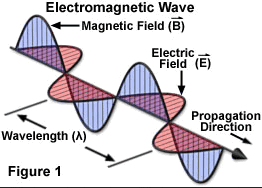
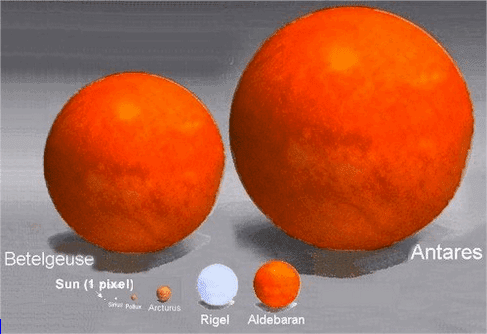
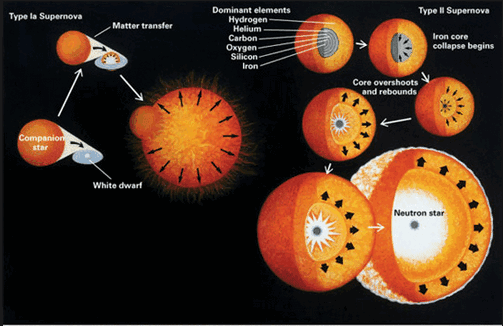
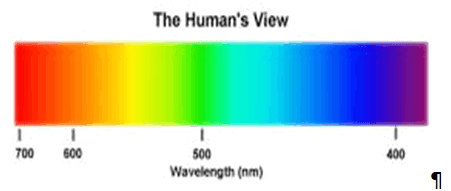
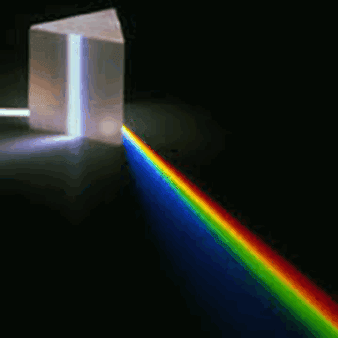
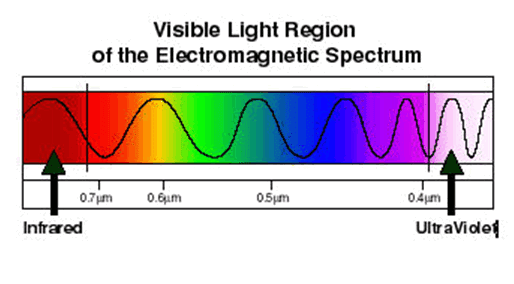












0 comments:
Post a Comment